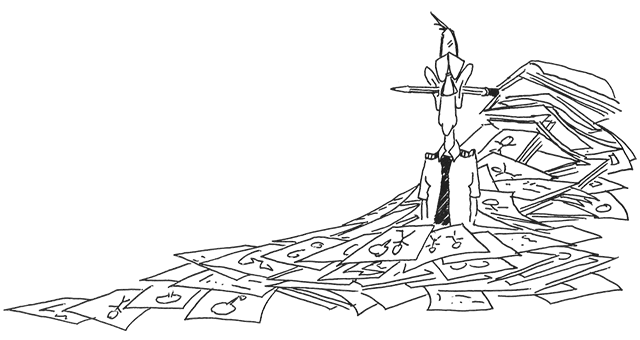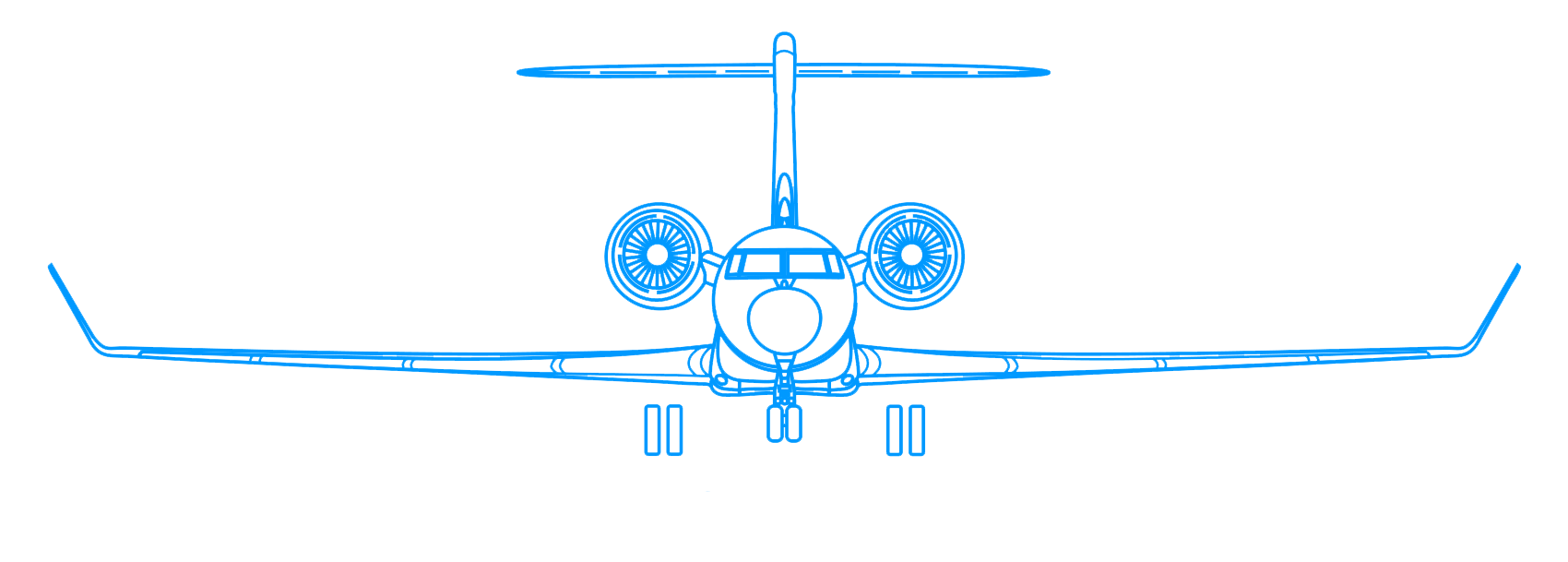“On Combat,” by Dave Grossman, is more than a book about how to kill. For that, he has another book with that title, “On Killing.” You might think this is poor fit for aviators flying airplanes without guns, missiles, bombs, or other instruments of war. But the subtitle provides the key to my interest: “The Psychology and Physiology of Deadly Conflict in War and Peace.”
— James Albright

Updated:
2024-11-11
While most of us aviators are not in a “deadly conflict in war and peace,” we are in a deadly conflict with physics and the elements. Everything about us, as aviators, conspires to keep us on the ground. And yet we fly. It is a battle where death sometimes wins. Learning to deal with the psychology and physiology of this deadly conflict will make us better aviators.
For combat warriors of all kinds: military, law enforcement, fire fighters, and others
“On Combat” isn’t light reading but should be required reading for anyone trained to take another life with the sanction of his or her government, or those who are charged with saving lives in situations where the ratio of lives saved to lives lost is dire. Very few books on combat, historic or fiction, honestly cover the human body’s physiological reaction to combat. While many books touch upon the psychology – think of any that cover Post Traumatic Stress Disorder (PTSD) – few go into enough detail about the “why” of it all. By better understanding the reason “thou must kill” and what to expect when you are forced to do that, you will be better equipped to do that when called upon, and how to deal with it once it is all over.
Much of this heavy topic may be uncomfortable reading; it should be. But it will be useful for us professional aviators and for anyone who knows a warrior returning from combat. Before we get to that, a word about the ten commandments. “Thou shalt not kill” is the sixth commandment from the Bible, found in Exodus 20:13. While many translations say this directly, “thou shalt not kill,” the original Hebrew is often translated to say, “thou shalt not murder.” The difference is critical. Grossman goes into greater detail and the difference is key for a combat warrior or police officer.
For aviators
The book is filled with ideas that seemed to have been taken directly from an aviator’s notebook. The chapter called “Autopilot,” for example, includes this bit of wisdom that should be drilled into every aviator from day one:
“Whatever is drilled in during training comes out the other end in combat – no more, no less.”
p. 75
He tells of police officers taught to conduct range training with pistols:
Because they wanted to avoid having to pick up all the spent brass afterwards, the officers would fire six shots, stop, dump their empty brass from their revolvers into their hands, place the brass in their pockets, reload, and then continue shooting. Everyone assumed that officers would never do that in a real gunfight. Can you imagine this in a real situation? [ . . .] Well, it happened. After the smoke had settled in many real gunfights, officers were shocked to find empty brass in their pockets with no memory of how it got there.
p. 76
Note to self: the next time I go missed approach, don’t assume the holding pattern will be followed by clearance for the same approach with remarkably improved weather. Unlike all those practice simulator approaches, the decision making gets harder after the missed.
Another valuable lesson from “On Combat” for us aviators is about “tactical breathing.” I wrote about that in last month’s mailbag newsletter, so I won’t repeat that here. Instead, let’s talk about stress:
The "bathtub model of stress" is a useful tool for understanding the long term effects of stress. We use this to help West Point freshman, the plebes, deal with the stress of their new environment, and believe me they definitely need it. Think of your body as a bathtub and stress is the water that pours in. Now, the drain can only release so much, so if water comes in so fast that the drain cannot handle it, the water begins to rise. If it rises too high. it overflows and damages the floor. If five gallons are suddenly added to the tub, you have got to get out from under the faucet for a couple of days to let the water – the stress— subside.
You have to be able to control your stress throughout your entire life. Life is a paced marathon, not a sprint; think of it as a four-quarter game. If you are in good physical shape, your tub is a little larger and you can handle a little more water before you overflow. The best way to make your drain bigger, so that you process stress out faster, is to engage in appropriate management dynamics, specifically daily vigorous physical exercise. The stress hormones flooding through your body are made for fight or flight and cannot be ignored. They need to be used, and hard exercise is the best way to do it. When you get busy, however. it is often your workout program that is the first thing to go. Do not let this happen to you, because exercise is the very thing you need. A daily run. 45 minutes pumping weights or a basketball game are the kind of things that can help bum off the stress hormones flooding through your body. Be sure to work out with positive, quality people who can help you blow off steam. You do not gel anything from your workout when you exercise with bitter, trash-talking or quick-tempered people. Such individuals only add to your stress.
pp. 274 – 275.
I was once in an Air Force squadron where “trash talking” among pilots was the norm, but I was usually excluded from the “fun” since I never returned fire. I had a good reputation, despite this, because I had a track record of facing engine failures, cabin fires, and all sorts of poorly behaving aircraft with a steady calm. I did spend a lot of time exercising, but I owe my calm under fire to making a concerted effort at keeping my stress bathtub as empty as possible. However you deal with it, know you have to deal with it!
These are just a few examples from the book where these combat techniques come in handy for us non-combat aviators. It is a difficult read at 391 pages. I read quickly and it took me two months. But it was well worth it, and I recommend it. I cannot, however, end here. There is something else from the book you need to know.
A note for those of us with combat warrior friends
I am often stopped by people who see my veteran license plates so they can say, “thank you for your service.” To this, I usually respond, “it was my honor to serve.” I am sure you are used to being on one side or both of this pleasant exchange. Grossman offers a few thoughts about what to say to a returning veteran and what to say to a survivor.
First, not what to say: “Did you kill anyone?” Don’t say that. So, what should you say?
More than anything else, the greatest gift you can personally give a returning veteran is a sincere handshake and words from you that “they did the right thing, they did what we asked them to do and that you are proud of them.”
p. 342.
What about to a survivor of a traumatic event, such as a violent attack or even an airplane crash. What to say?
“I’m glad you’re okay” and “the worst is over.”
p. 345.
Do not ask for an account of the incident but let him know you are willing to listen to whatever he wants to talk about. [ . . .] Ask questions that show support and acceptance, such as “How are you doing?” and “Is there anything I can do for you or your family?” [ . . .] Apply nonjudgmental listening. Monitor your facial expressions and simply nod your head at whatever he tells you.
p. 347.
Yes, this is heavy stuff. But I think if you take the time to read (and study) this book, it will have a profound impact on you as an aviator. Then, sometime in the future, it may give you the tools you need to deal with a stressful situation, the PTSD that may follow, or the ability to comfort a comrade in need.

